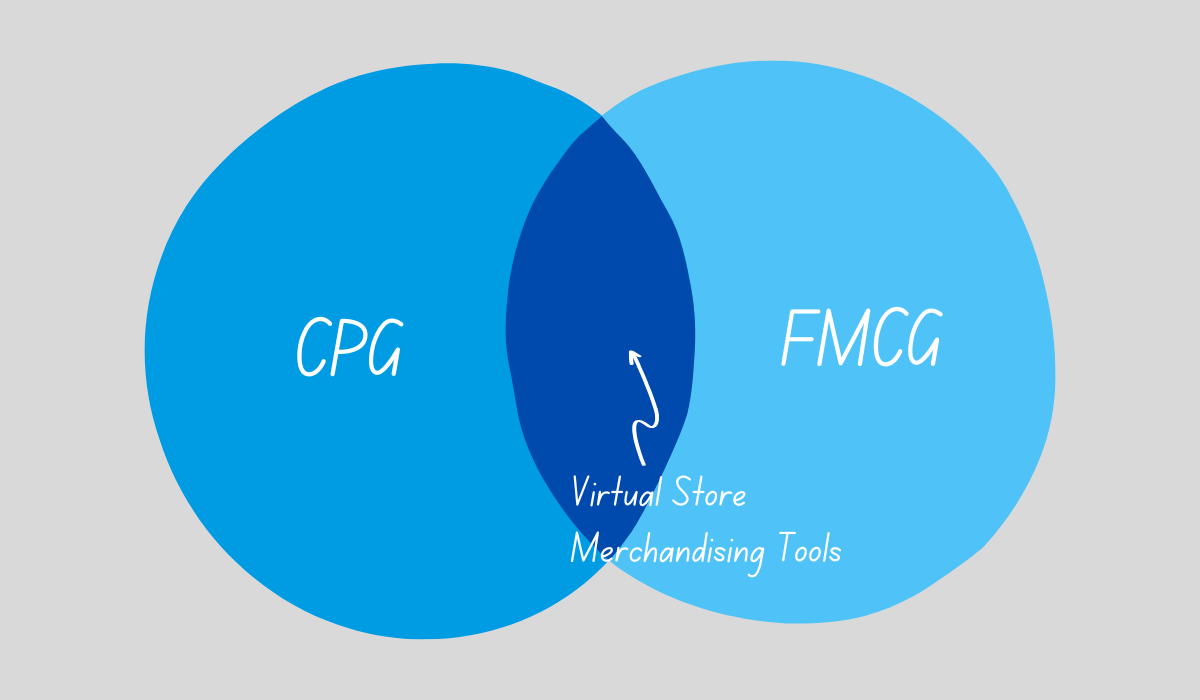In times of economic downturn, the retail landscape undergoes a significant transformation, marked by a distinct shift in consumer behavior. As financial constraints tighten, a new type of consumer emerges at the forefront: the value shopper. This group, characterized by their meticulous search for maximum value and quality at minimal cost, becomes increasingly predominant in a struggling economy. These shoppers are not just bargain hunters but savvy, informed individuals making calculated decisions to stretch their limited budgets. For businesses, understanding and appealing to the value shopper becomes a necessity for survival and growth.
This blog post delves into the heart of the value shopper, exploring effective strategies to attract and retain their business. When planning for a downturn or navigating an economic climate where every penny counts, winning over this critical demographic could be the key to thriving amidst financial adversity.
Understanding the value shopper
Characteristically, a value shopper is not just driven by the lowest price but seeks the optimal balance between cost, quality, and utility. According to Baseline, these consumers are informed, conduct thorough research before purchasing, and are often more knowledgeable about pricing, product specifications, and alternatives. They tend to prioritize essential and long-lasting products over impulsive or luxury buys, exhibiting a keen understanding of the ‘total cost of ownership’ – including the purchase price and the product’s longevity and maintenance costs.
Economic downturns significantly amplify these value-seeking behaviors. As disposable incomes shrink and financial security becomes uncertain, more consumers are driven to become value shoppers. The urgency to maximize the value of every dollar spent becomes a primary driver of purchasing decisions. These shoppers are more likely to compare prices across multiple platforms, wait for sales or discounts, and may even shift their brand loyalties in favor of more cost-effective options. A typical example can be seen in grocery shopping trends during a recession, where consumers might opt for store brands over national brands, prioritize bulk buying, and be more receptive to promotions and discounts.
The psychological factors propelling value shoppers are deeply rooted in budget constraints and the innate desire for cost-effectiveness. This mindset extends beyond thriftiness; it’s a strategic approach to shopping that seeks to optimize limited resources. For instance, a value shopper purchasing a smartphone will not only look at the price but also consider factors such as battery life, durability, and after-sales service to ensure they’re getting the most utility out of their expenditure. This careful deliberation reflects a broader shift in consumer psychology where value, rather than price alone, dictates shopping behavior, especially in challenging economic times.
The shift in shopping patterns during economic downturns
During an economic downturn, consumer spending habits radically transform, shifting from discretionary spending to a more cautious and calculated approach. Typically, households tighten their budgets, leading to decreased expenditures on luxury items, leisure activities, and non-essential goods. Instead, there’s a noticeable pivot towards essential items and services, with consumers focusing on necessities such as groceries, household supplies, and healthcare. This change is often accompanied by a reduced frequency of purchases and a greater inclination to save, reflecting a heightened sense of financial insecurity. Luxury and non-essential sectors, like tourism, entertainment, and high-end retail, usually significantly drop sales during these periods.
This shift is characterized by increased price sensitivity among consumers. There’s a heightened demand for discounts, sales, and value deals, with shoppers actively seeking promotions and price reductions. A notable trend is the rise in coupons, loyalty programs, and comparison shopping in physical and online stores. Retailers often respond to this change by adjusting their pricing strategies, offering more promotions, and focusing on value-for-money products. For example, during the 2008 global financial crisis, Walmart reported a surge in sales of basic items and a decline in higher-priced goods, indicating a distinct shift towards essential purchasing. Similarly, e-commerce platforms have observed increased traffic during economic downturns as consumers search for the best deals available online. These trends underscore the significant impact that economic conditions have on consumer behavior, driving a more value-oriented shopping pattern.
Adapting to the new idea of “value” for younger shoppers
Consumer behavior is constantly evolving, especially during economic downturns, and the concept of ‘value’ in the eyes of the shopper is undergoing a significant transformation, with one of the most impacted sectors being retail. Traditionally, value was perceived primarily in terms of price, quantity, and quality. However, recent insights, as highlighted in an article by Food Navigator USA, reveal a broadening of this perception. Today’s shoppers, especially younger shoppers, are increasingly defining value in terms of personal health, overall well-being, and alignment with their ethical and personal values – in addition to the customer experience. This shift is leading to a recalibration of spending priorities. Consumers are finding ways to economize in certain areas so that they can invest in products that not only meet their basic needs but also contribute positively to their lifestyles and beliefs.
This change in value perception is particularly pronounced among younger shoppers, as reported by Grocery Dive. Millennials and Gen Z-ers are at the forefront of this shift, demonstrating a strong preference for quality ingredients, sustainable products, and services that resonate with their values, even if it means spending more. This is in stark contrast to older generations like baby boomers, where only a smaller percentage indicated a willingness to prioritize quality over price. For instance, 52% of millennials and 42% of Gen Z-ers expressed a readiness to purchase high-quality ingredients regardless of the cost, compared to just 22% of baby boomers.
This trend indicates a deep-rooted change in consumer priorities, where the definition of value extends beyond cost-effectiveness to encompass health, sustainability, and personal ethics, fundamentally altering the retail landscape.
Effective marketing strategies for value shoppers
Understanding the significance of targeted marketing and messaging is crucial for attracting value shoppers, both for online retailers in a digital store environment and even more so for engaging customers shopping in person. This involves tailoring your communications to resonate with their specific needs and preferences, especially with what we know about the fluctuating ideas around value. For instance, grocers and grocery stores can leverage shoppers’ preferences to create campaigns that appeal directly to their core audience. By analyzing the number of value shoppers and their purchasing patterns, retailers can develop targeted promotions encouraging customers to continue shopping with them.
Price promotions and discount offerings are another vital aspect of this endeavor. However, these strategies need to be more than just a reduction in prices; they should be part of a well-thought-out campaign that communicates the value proposition of the products. For example, a retail store could offer a discount on certain items with the purchase of another in a similar grouping, providing immediate price relief at the checkout and underscoring the long-term value and savings for the customer. This approach enhances the customer experience, as shoppers feel they are getting more for their money.
Trust and transparency are also essential when marketing to value shoppers. These consumers are often well-informed and scrutinize marketing messages closely. Therefore, sellers must be honest about their products and offers. Businesses should ensure that any claims made in their promotions are accurate and verifiable. This could be as simple as clearly displaying products’ original and discounted prices in-store or offering straightforward explanations of loyalty programs at the checkout. Such transparency fosters trust and builds a positive customer experience, encouraging shoppers to return.
For example, a grocery store could implement a weekly “Value Day,” where specific products are discounted, accompanied by explicit advertising about the savings. This could be combined with in-store signage and online messaging highlighting the quality and benefits of the products, reinforcing the store’s value proposition. These strategies attract value shoppers and contribute to a positive shopping experience, encouraging repeat business and fostering long-term customer loyalty.
The importance of testing
While meticulously crafted merchandising strategies are essential for retail success, they cannot match the invaluable insights gained from testing these strategies before in-store implementation. No amount of theoretical planning can substitute for the real-world data and feedback garnered from practical, pre-launch testing of merchandising approaches.
During low customer spending periods, resources are limited, but the cost of miscalculations can be high. Guesswork in critical areas like product placement, pricing, and brand changes is a luxury business can not afford. This is where the power of data becomes indispensable. By employing data-driven testing strategies, companies can make informed decisions that are more likely to yield positive results.
At InContext, we recognize the transformative potential of data insights in understanding and catering to the value shopper. Unlike relying on fleeting trends or broad assumptions, data offers a clear and objective view of consumers’ actual behaviors and preferences. Our ShopperMX digital twin platform is a direct window into the world of the shopper, capturing their genuine interactions and choices, without having to physically set up test shopping trips in the physical store. This level of insight is crucial, especially during economic downturns when consumer behaviors can shift dramatically. By analyzing this data, businesses can gain a deeper understanding of buying patterns, preferences, and the effects of marketing strategies in a risk-free space.
Utilizing data to test merchandising strategies allows companies to fine-tune their offerings to better align with customer needs. It provides a solid foundation for making strategic decisions that resonate with target audiences. In this case, it’s not just a tool for optimization; it’s a critical component for survival and success in economically challenging times. Businesses embracing this approach are better equipped to enhance the shopper experience, meet customer expectations, and navigate the market’s uncertainties confidently and precisely.
Partner with InContext
Mastering the art of appealing to value shoppers is an indispensable strategy for businesses navigating the turbulent waters of an economic downturn. With little room for risk, the best way to ensure you capture their attention is by testing merchandising strategies before implementation. InContext is here to partner with you in this crucial endeavor. The key lies in understanding the nuanced behaviors of these cost-conscious consumers, as well as a recalibration of marketing strategies, a reevaluation of product offerings, and a steadfast commitment to providing real value.
It’s crucial to remember that while economic downturns are challenging, they also present unique opportunities for growth and innovation. By empathetically responding to the evolving needs of value shoppers and carefully testing merchandising strategies before they go live, businesses can survive and thrive, transforming potential adversity into a catalyst for enduring loyalty and sustained success. The ability to adapt and resonate with consumers’ shifting priorities, backed by the support of a knowledgeable partner like InContext, will distinguish thriving enterprises from merely surviving ones.





